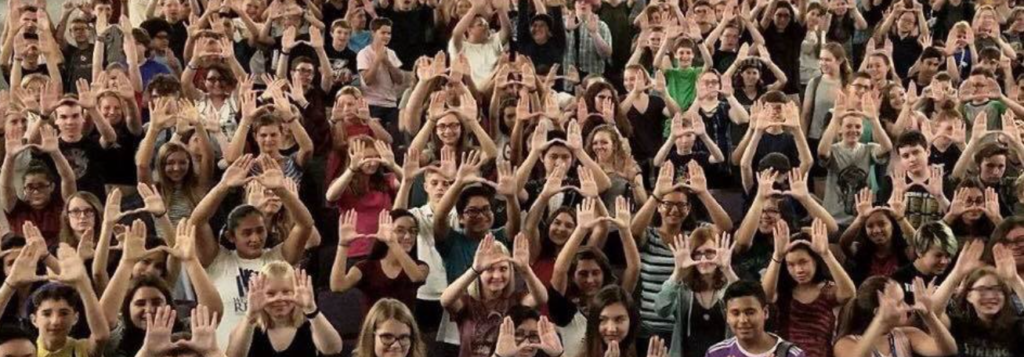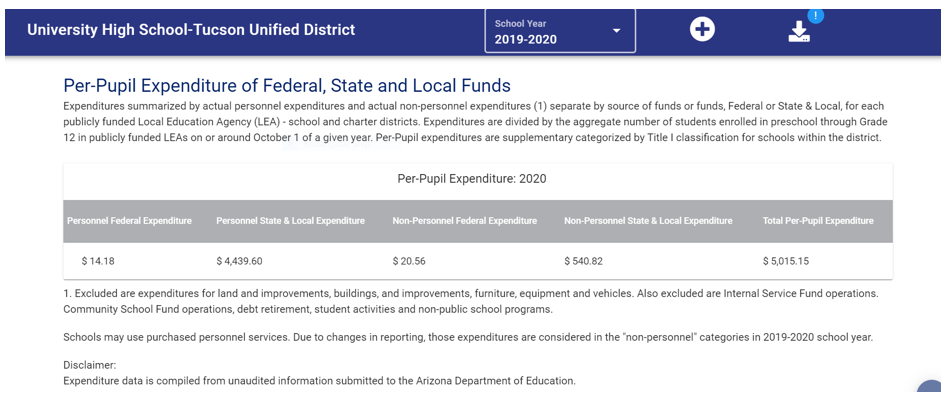
In an earlier post, I explained why districts don’t tend to replicate or expand high-demand schools. In a word, the reason is politics.
Adults working in low-demand schools, with enrollment well below the design capacity of their buildings, tend to look upon expanding or replicating high-demand district schools in a way not dissimilar from their all-too-common view of charter schools: somewhere on the fear to loathing spectrum.
School district boards are strongly influenced – one might even say easily captured – by incumbent adult interests. When I wrote my previous post, I gave the example of University High School in the Tucson Unified School District. Tucson Unified once was the largest district in Arizona but has shown a consistent trend of shrinking enrollment for decades despite its location in a rapidly growing state.
University High, a magnet school that is housed in the basement of another high school, has been a fantastically high performing-high demand school with a majority-minority student body for many years. The school earned an “A” grade from the state of Arizona and a 10/10 rating from GreatSchools, which in its equity overview stated that disadvantaged students at this school are performing far better than students elsewhere in the state and that the school successfully is closing the achievement gap.
In a reasonable world, we’d figure out how to provide more Tucson kids with the opportunity to attend University High.
Tucson Unified has an abundance of vacant school space, so in a remotely rational world, University High would have its own space, and there would be multiple University High campuses. (Give the people what the waitlists are telling us that they want!) University High, however, does not operate in a rational system, but rather in an urban school district.
Rather than scaling or replicating University High, the Tucson Unified School District has been systematically starving the school of resources. Tucson Unified spent just under $11,000 per student in 2020 according to the Arizona Auditor General report.
High-schools are more expensive to operate than elementary schools, so we would expect higher spending per pupil in high-schools than elementary and middle schools. Here is the per pupil revenue figure that the TUSD administration reported to the Arizona Department of Education for University High:

So, if you are scoring at home, Tucson Unified has a high demand, high performing school with a waitlist that it keeps in the basement of another school. Self-reported district figures show Tucson Unified provided less than half the per-pupil funding than the district receives on average. It would appear that Tucson Unified is not only keeping University High living under a staircase, it also is keeping it on a financial starvation diet.
Keep this in mind the next time someone attempts to argue that there is “already choice in the district system.” There is some choice in the district system, but organizations don’t often disrupt themselves.


